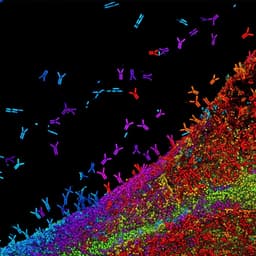
Medicine and Health
Surgical amputation of a limb 31,000 years ago in Borneo
T. R. Maloney, I. E. Dilkes-hall, et al.
Discover an extraordinary finding from Borneo that reveals a successful limb amputation performed over 31,000 years ago, challenging our understanding of medical knowledge among ancient foraging societies. This groundbreaking research was conducted by Tim Ryan Maloney and colleagues.
Playback language: English
Related Publications
Explore these studies to deepen your understanding of the subject.







